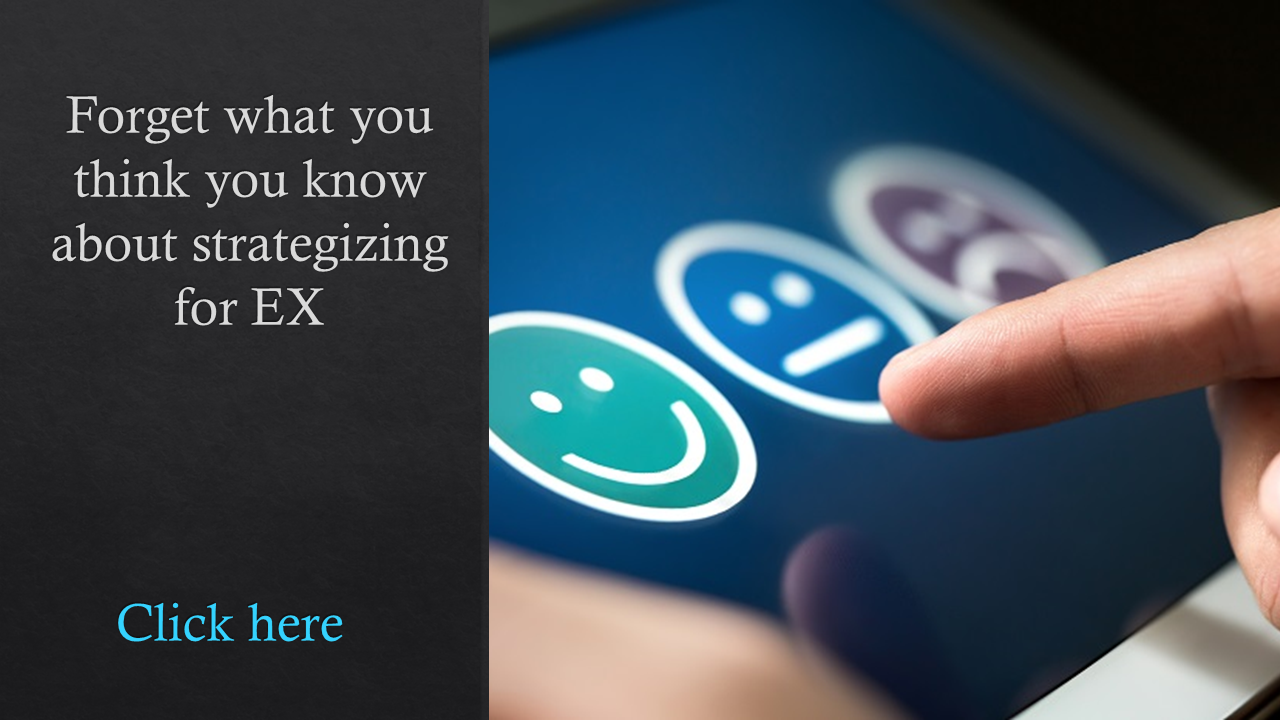You’ve convinced your executives, changed your policies, updated your employee handbook and created a beautiful communications campaign to shift to a hybrid work environment. In other words, you’ve addressed many of the urgent tasks to accommodate a new approach to work. Now what?
The journey is just beginning. Much has been written lately about hybrid work, but how best to do this thing called work is always an ongoing experiment. Chasing the latest, greatest fancy app or program often results in short-term impact (if we’re lucky) and a smaller budget balance. And yet do-nothing is not an option either. Our old practices and programs are simply not designed to support and accelerate today’s dynamic, quickly evolving, talent-centric world. To meet the needs of the new world of work there are many things you could do and a few critical things that you should do. The foundation for the new world of work is employee engagement.

Author Amy Leschke-Kahle
It’s probably no surprise that employee engagement should be a top priority for organizations and practitioners. The good news is that some organizations have been adopting new approaches to employee engagement for the last decade. Those approaches have proven to be instrumental in helping organizations better navigate disruption, accelerate engagement, and help all leaders do what the best leaders do–connect with their team–no matter where their team sits. There are three keys to a modern employee engagement approach: simplification, work-centric and frequency:
- Simplification: Employee engagement activities tend to be long and complex; from preparation to survey launch to the dissemination of results often takes months. This long timeline makes employee engagement feel like an event, not an ongoing condition of work. The processes and programs we design and deliver need to be simplified for engagement to become an embedded part of work. That means focusing on the critical few things that measure engagement and stopping the messy, many actions (think layers upon layers of action planning) that we repeat year after year with negligible impact.
- Work-centric: We measure engagement to gain insights into how our employees are experiencing the elements of work that lead to extraordinary performance. Measuring culture, satisfaction and happiness are different things. Employee engagement is about the experience of work and that means our approach needs to be centered around how work actually happens. Work happens locally, in teams, collaborating with a close group of partners. Therefore, our employee engagement approach needs to not be top-down, but team by team no matter where in the hierarchy the work is happening.
- Frequency: The speed of work continues to accelerate. That means how often we measure and the actions we take to move engagement need to be reflective of that pace. If you focus on the critical few factors that provide insight, you can ask employees often (generally quarterly) how they are experiencing work without risking survey overwhelm. To get more engagement requires a completely different set of actions, actually only one action. The data show that the most powerful action that accelerates engagement is the one practice of the best leaders, frequent attention about near-term future work. In fact, data from small organizations to mega organizations prove that employees who receive frequent (weekly) light touch (five minutes) attention from their leader are three to four times more likely to be all-in at work–and delivering their very best.
 In a hybrid environment with some employees on-site, some employees off-site and often with varied schedules, we need to be clear about where we want leaders to spend their time. We want them paying attention to their team members. We are fortunate that we have technology tools to facilitate the practice of check-ins no matter where an employee is working. The technology, however, is simply the delivery mechanism. It’s embedding the practice into the flow of work that matters.
In a hybrid environment with some employees on-site, some employees off-site and often with varied schedules, we need to be clear about where we want leaders to spend their time. We want them paying attention to their team members. We are fortunate that we have technology tools to facilitate the practice of check-ins no matter where an employee is working. The technology, however, is simply the delivery mechanism. It’s embedding the practice into the flow of work that matters.
Related: Is virtual HR’s solution to employee engagement, retention?
The beautiful thing about simplifying, shifting to work-centric, and doubling down on frequency is that it’s naturally fit for a hybrid work environment. The new world of employee engagement is first and foremost shifting to a focus on the local practices that move engagement. Measurement is helpful to know if the practice of attention is working, but measurement in and of itself doesn’t build engagement. Attention builds engagement. A modern employee engagement approach is less about the data and more about the doing.
Watch Amy dive deeper into top issues affecting employees, alongside other senior leaders discussing insights and strategies that fuel the ever-changing talent landscape here.